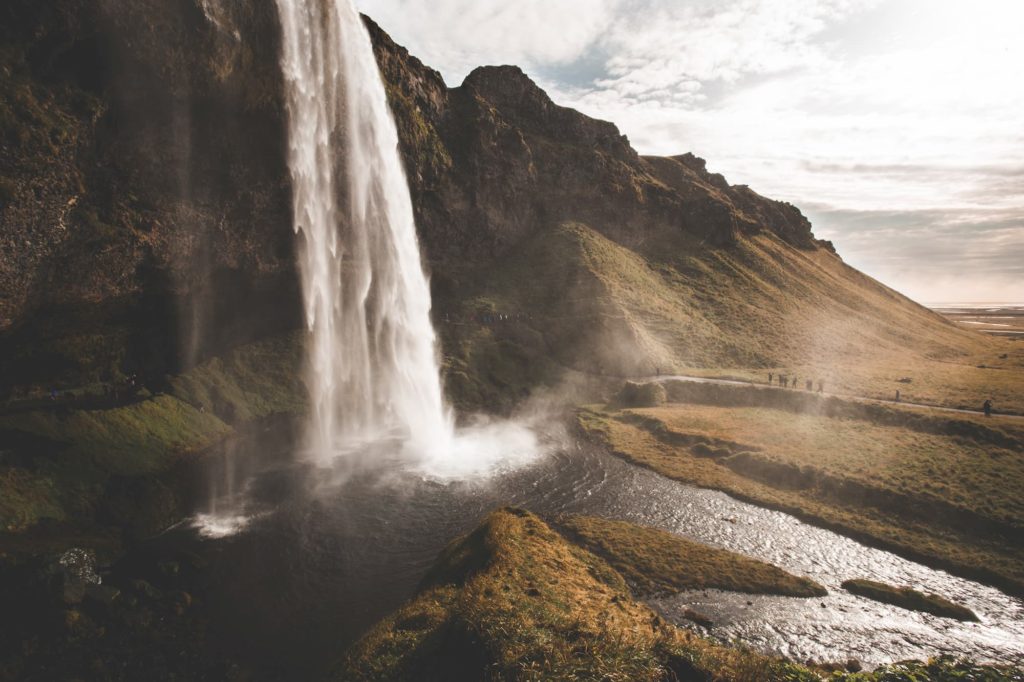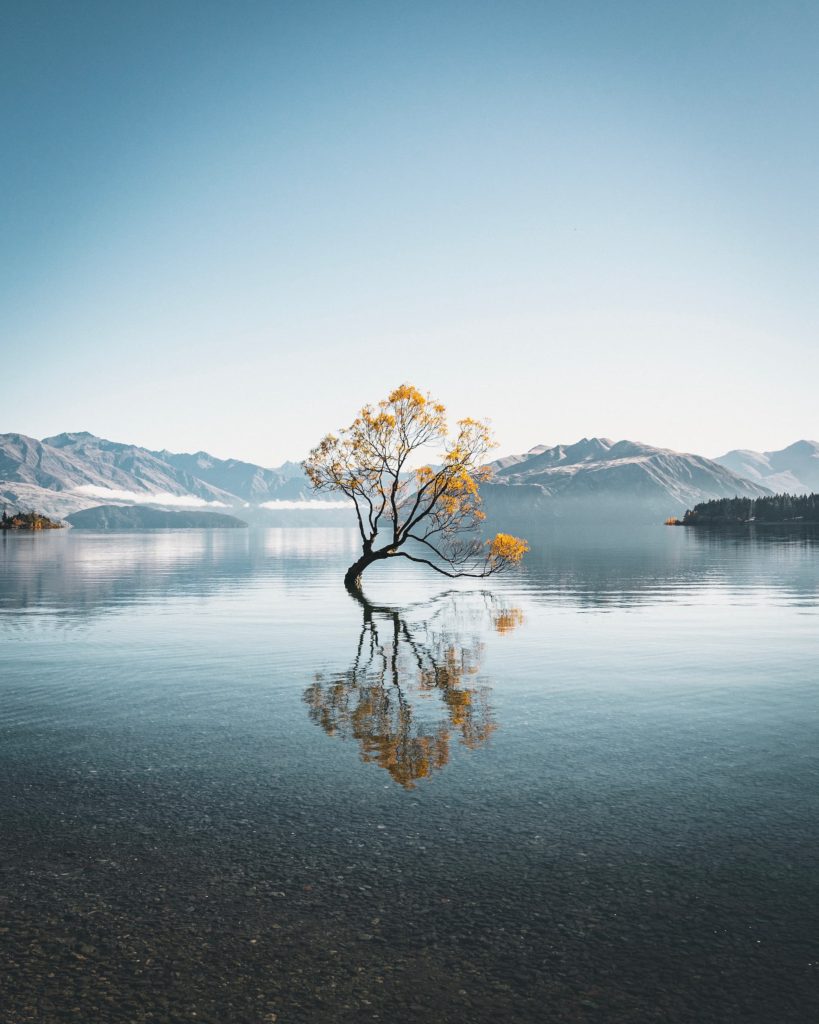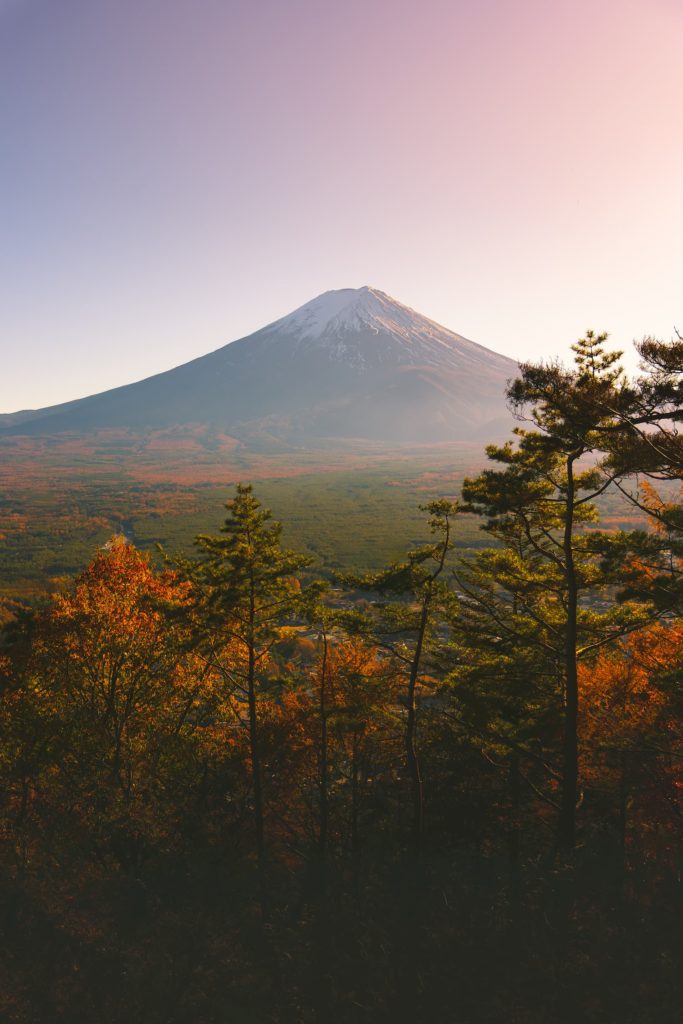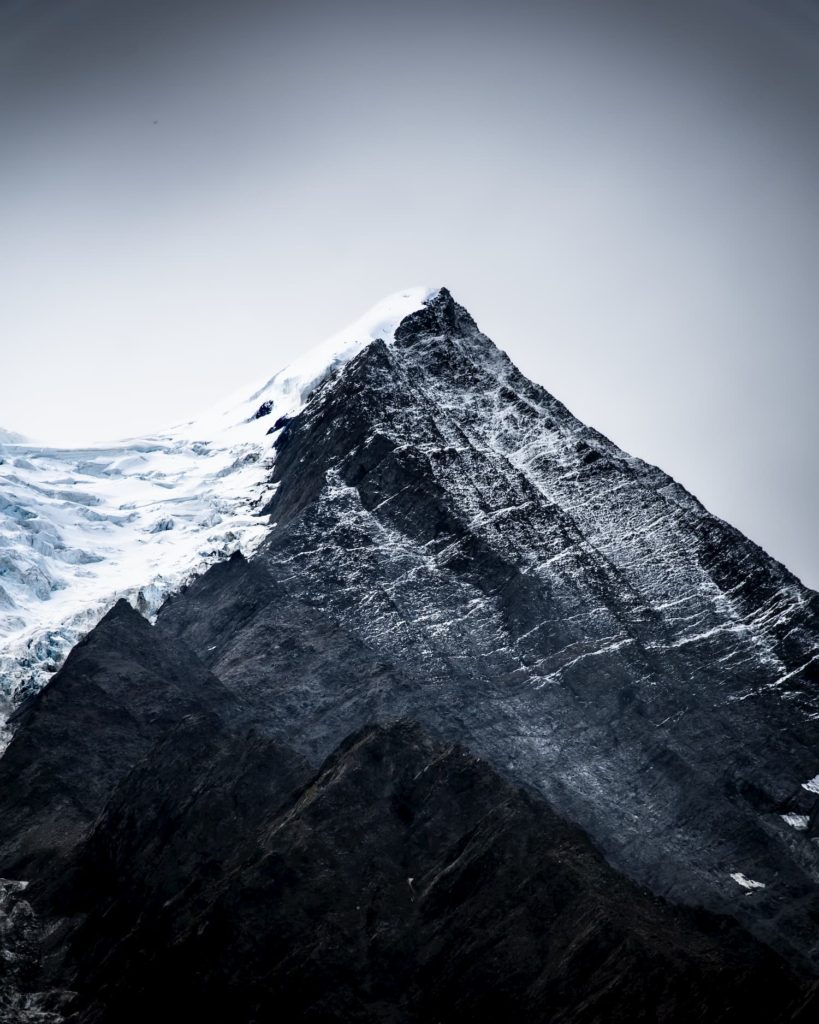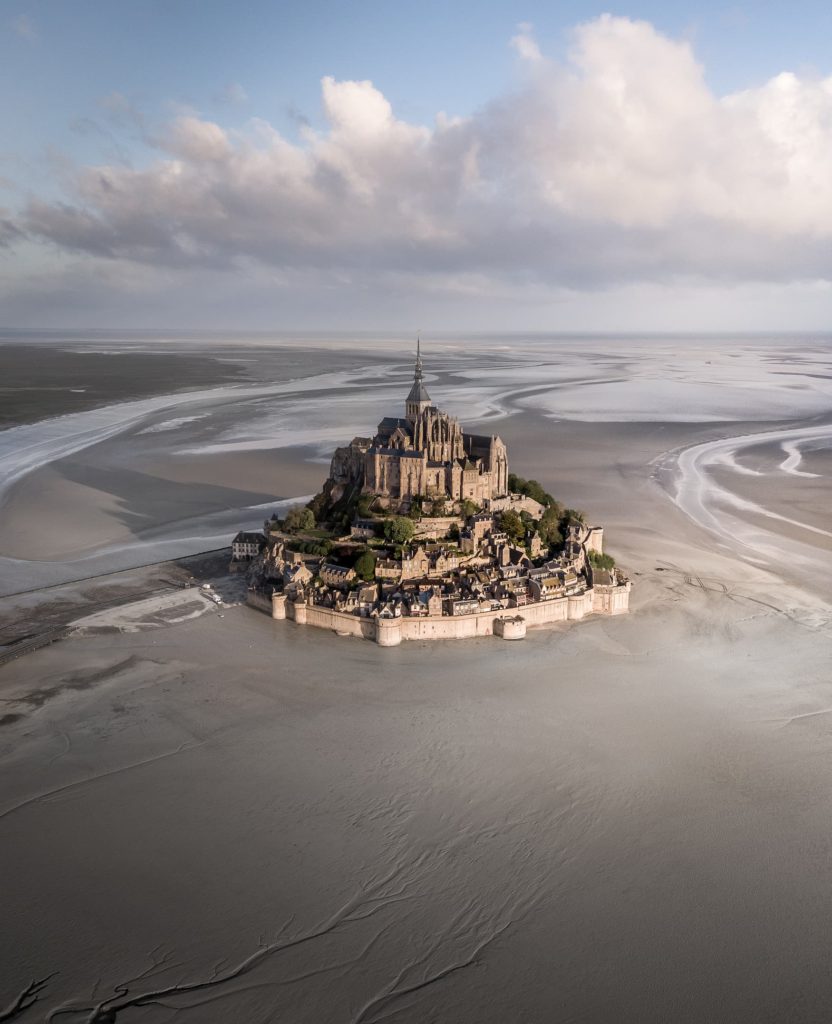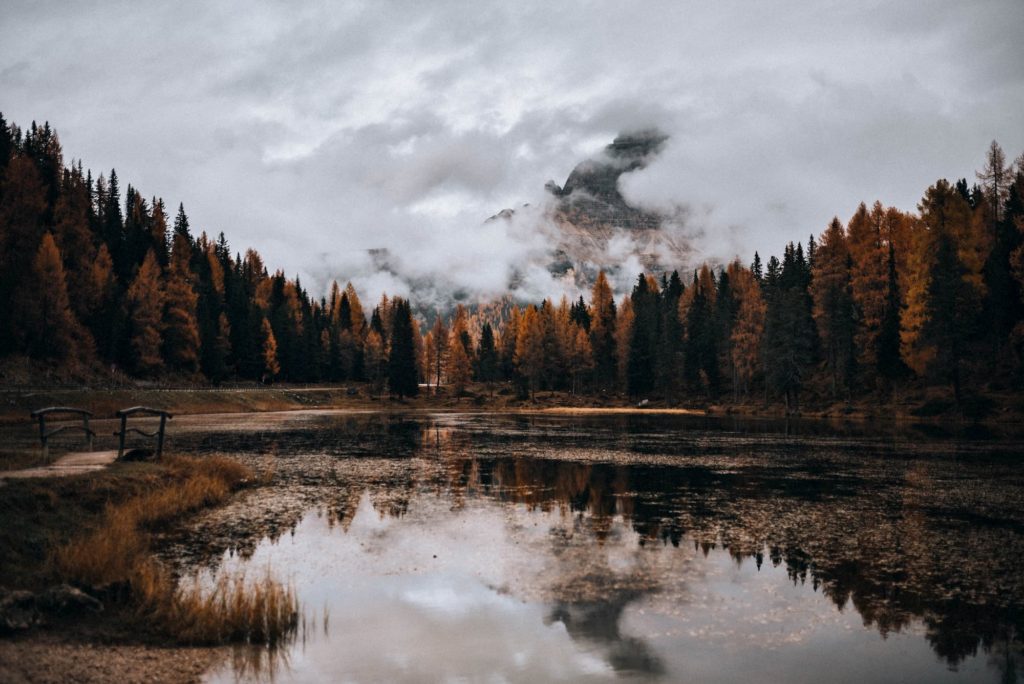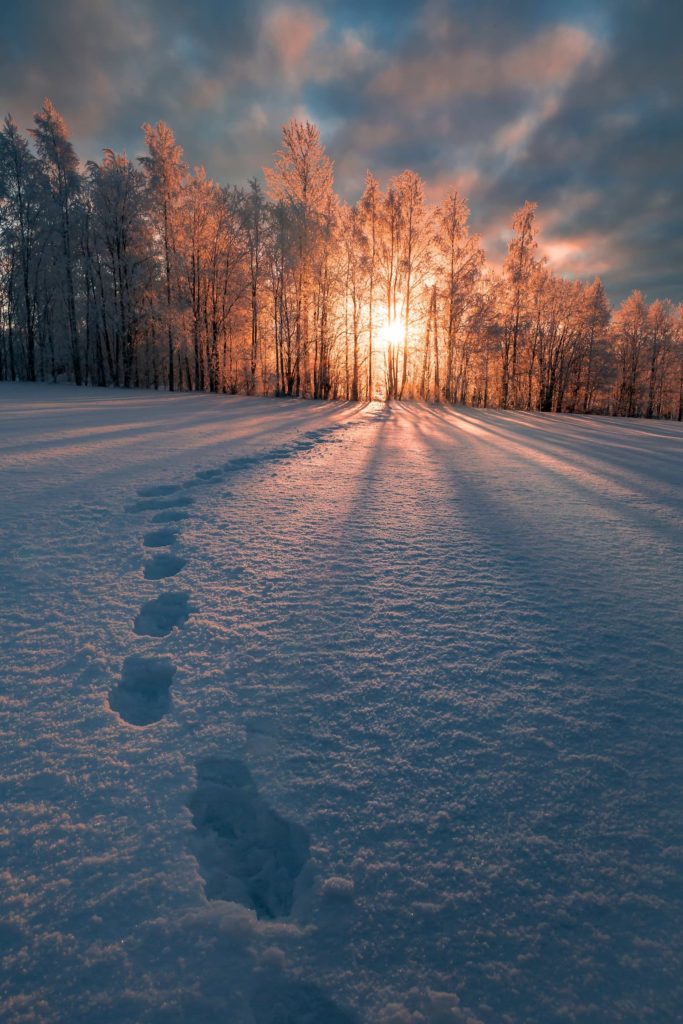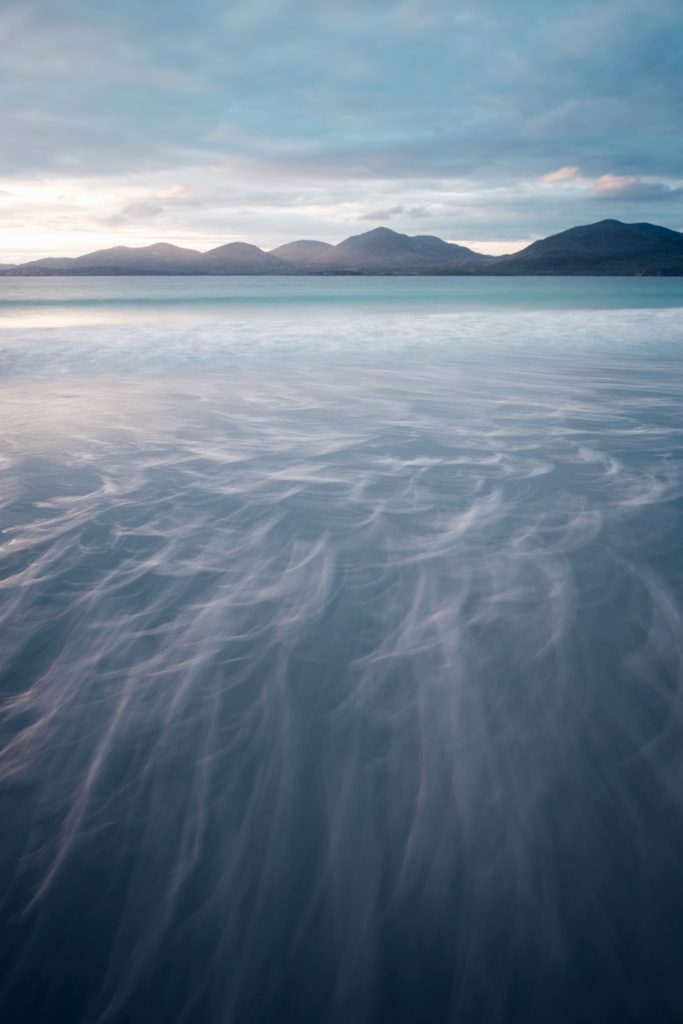
Dejan Zakic
@dejan.kide
Landscape photographer based in Serbia
Nature is magnificent, and I believe connecting with nature is fundamental to survive. My work and my lifestyle demand that I return to nature and become one with it. I have a full time job working in a bank, so I spend a lot of time in an office with artificial light. That is why I take every single opportunity to go into nature. It’s a source of relaxation, the only moment I can escape from the everyday hustle and bustle. Before, I didn’t have this escape. I didn’t connect to nature and I was just occupied by my everyday routines I didn’t really think about…
"Now, I observe and experience nature in a completely different way. Like it is something I can merge with."
I feel an enormous admiration and respect towards natural forces. And, as you might guess, it’s because of photography that I discovered all this. And it’s not only that… Doing photography has had a great impact on my personal growth; I feel more peaceful and I am much more organized than before. The way I get ready for taking photos (getting up early, researching, planning…) has positive effects on other parts of my life. In general I am much more decisive about how I spend my time and lead my life.
"It’s impressive how something that started as a hobby could change and influence my life in such a positive way."
I began taking photos when the first good cameras on phones appeared, just like everyone else. Though some people get caught by the art of photography, others just take a quick shot – almost without slowing down pace. I belonged to the first; photography made me feel excited. At some point, a friend of mine suggested to buy my first DSLR, which I did. And that is how the exploring and learning started. In the beginning I was struggling, wondering why photos taken by phone were so much better than the ones I took with my camera.
"Learning and working on it constantly combined with all the advice given by other photographers made me overcome the first obstacles."
One of the technical obstacles was to find the right combination of the body and lens, suitable to realize the ideas and goals in taking landscape photos. I went through different lenses, some cheaper, some more expensive, lighter and heavier. In the end I stayed with the combination of Nikon D750, Nikon 20mm f1.8 I Tamron 70-210mm f4, which I currently possess. It’s excellent. And of course I have some inevitable filters (CPL, ND I GND), a tripod and a backpack.
"Today everything is much easier and it has become a real passion. I do it with ease and joy and discover new cool stuff every day."
Meanwhile, besides technical tools and techniques, I have discovered lots of new places as well. Photography seems to be the perfect way to discover all that nature has to offer, perceiving all that you see in a specific, photographic way. It makes you go outside; having the desire to go outdoors and explore places is probably the healthiest addiction there is. Plus, as a product of that I get a special moment captured by camera, immortalized in an image, and the ability to share that with the rest of the world.
Since I started photographing I have explored plenty of great spots I would probably never have gone to otherwise. Some of the unknown locations I found on social media and decided to see their beauty with my own eyes. But even the locations I already knew have something new to offer depending on the season and the weather. For example, in my vicinity there aren’t many mountains, just Fruska Gora. But whenever I go there to take photos or just for a walk, there is something different to see. The place surprises me every time. Just when I think I have seen everything – it turns out I haven’t.
"That is the beauty of the nature, it’s unpredictable and fantastical."
"There is a number of other great locations in Serbia and areas further away from me that have more mountains."
I mostly visited mountains in the west part of the country – Tara, Zlatibor and Zlatar. Each has something special, something that will make it worthwhile to visit and capture. In addition, lake Uvac is a total must, having the biggest complex of caves. It is also called The Kingdom of Griffon vulture, which is a rare bird species. Still have much to discover though, especially some eastern parts. I plan on visiting quite some places this year, such as Golubac fortress, Djerdap gorge, grandiose Lazar canyon, Rtanj mountain, Stara mountain, Suva mountain and Vlasina lake. Also Djavolja varos (Devil’s town) in the south. Those are all spectacular locations, and easily accessible for serious photographers. As for the locations in the region just crossing the border, I would definitely recommend Montenegro.
"Starting from the coast of Ulcinj - Herceg Novi, through Moraca canyon, Lake Skadar and all the way to the mountains Durmitor, Prokletije, Komovi and Biogradska gora."
"What I love about nature, seeing different scenes, visiting different places and trying to capture them at its best, is that every time you have to deal with different circumstances."
I experimented with studio photography too, which is very stage-managed and you work with artificial light. You can control almost everything except the expressions of the person you may be photographing. This is opposed to landscape photography, where you are fully dependent on nature. Nature gives us the circumstances and tools, it exists independently and it’s our job to estimate the convenient light and how to use the given natural phenomena such as the fog, lightning, clouds, sunlight, the moon and the stars. It’s all about choosing the right moment.
I always edit photos a few days after taking them, when I’m settled down, especially if the shoot was successful. I always do my best to get the maximum, make a few different versions and get the genuine picture, so editing doesn’t take long. It is never my intention to change 50% of the photo, that is not the way I create. On occasion I will do a major edit, if I feel like experimenting, but I keep the final product just for myself. I rather capture and share what I saw and felt, the atmosphere I found. It’s a challenge describing my photos, as different emotions and energies we feel often cannot be described, and maybe we shouldn’t even try.
"For me, it’s often easier just to wander around or wait for a few hours for the perfect moment to arrive and to capture it, than to describe said moment."
Many sceneries and situations I have seen I was not able to describe by words, I could only document them. And with that, I can express my feelings and impressions and share it with people who may interpret it in their own way. An image can be understood differently, but is always descriptive without using words, conveying emotions. For some it may be hard to understand, but everyone who is into photography knows what I mean.
"Photographs just tell us more than words and last longer. One photograph can replace a book with tens of pages."
Would you like content like this sent to your inbox?
MUST READ STORIES OF FEBRUARY
MUST READ STORIES OF JANUARY
NOMADICT
ART GALLERY
THE LATEST STORIES
WRITEN WITH PASSION TO INSPIRE YOU
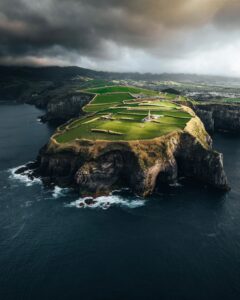
Photo tour in Azores, Portugal
Join us in the Azores for a unique photo tour, where you’ll elevate your creative skills with expert guidance from Ronald Soethje, Bruno Ázera, and Nomadict.
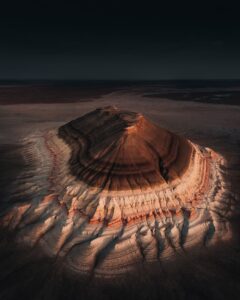
Forest Kai (@forest1kai): Photographer based in the US
In this article, Forest shares how years of chasing scale, silence, and raw landscapes shaped his approach to photography, from the deserts of Kazakhstan to the volcanic ridges of Iceland. He talks about how he uses light, texture, and vast negative space to create images that feel both intimate and overwhelming.
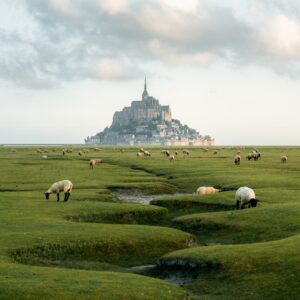
Simon Hechtbauer (@roamwithsimon): Best of the Week 32 at #nomadict
Simon shares the journey behind his photography, from early inspirations to field techniques, editing, and the story of the winning shot that shaped his path.
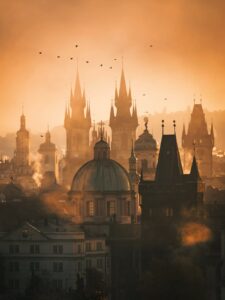
Miroslav Maršík (@miromarsik): Photographer based in Czech Republic
In this article, Miro shares how his love for cinematic music evolved into a deep passion for photography and how he uses light, color, and atmosphere to turn the streets of Prague into living film scenes.

Aurora photography panorama workflow: A guide to camera settings, editing, and color
In this article, Stefanie reveals how her background in physics sparked her passion for astrophotography and how she blends science with creativity to capture the beauty of the night sky. Readers will discover her approach to color, contrast, and editing, as well as her aurora photography workflow.

Yhabril (@yhabril): Best of the Week 33 at #nomadict
Spanish photographer Yhabril captures the profound connection between humans and the mountains that shaped him. Growing up in the Pyrenees, his work bridges outdoor sports, landscapes, and celestial scenes — often blending athletes, moonlight, and wilderness into striking visual stories.

Ariane Totzke (@besondersschwierig): Photographer based in Switzerland
In this article, Ariane shares how photography helped her navigate personal challenges, connect authentically with people and animals, and develop a philosophy rooted in empathy and artistic freedom. Readers will also discover her ethical approach to wildlife photography and her trusted equipment for both camouflage techniques and cameras.

How to photograph Dutch tulip fields: A guide to light, gear, composition, and colors
Discover how to photograph Dutch tulip fields in their most magical light. From choosing the right gear and lenses to mastering composition, color, and aerial perspectives, this guide shares creative techniques to capture the beauty of the Netherlands’ tulips. Learn how light, color grading, and proportion bring emotion into every frame.










